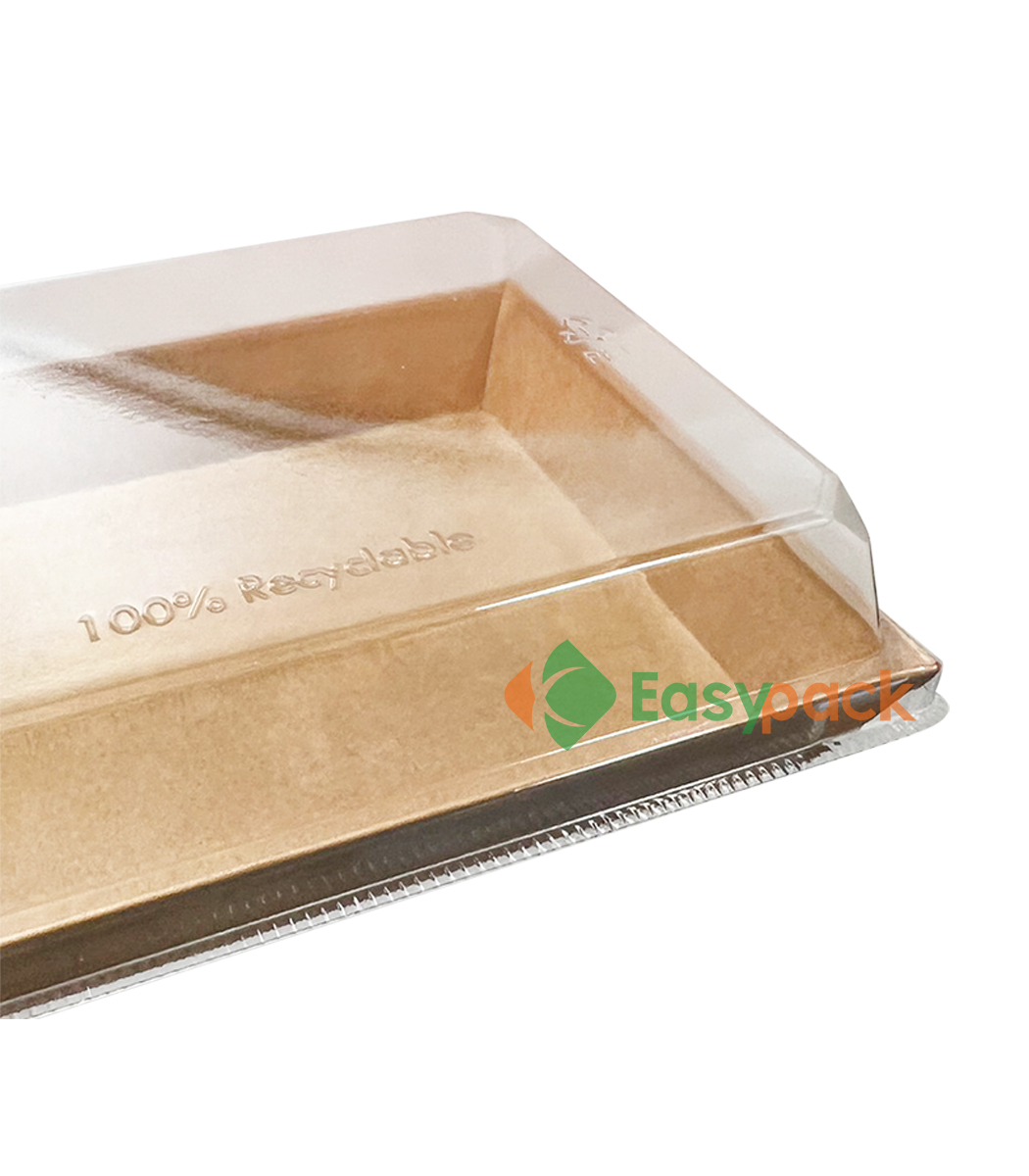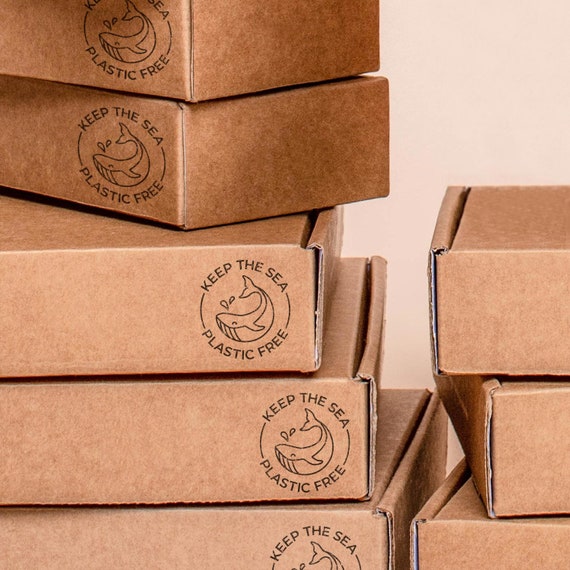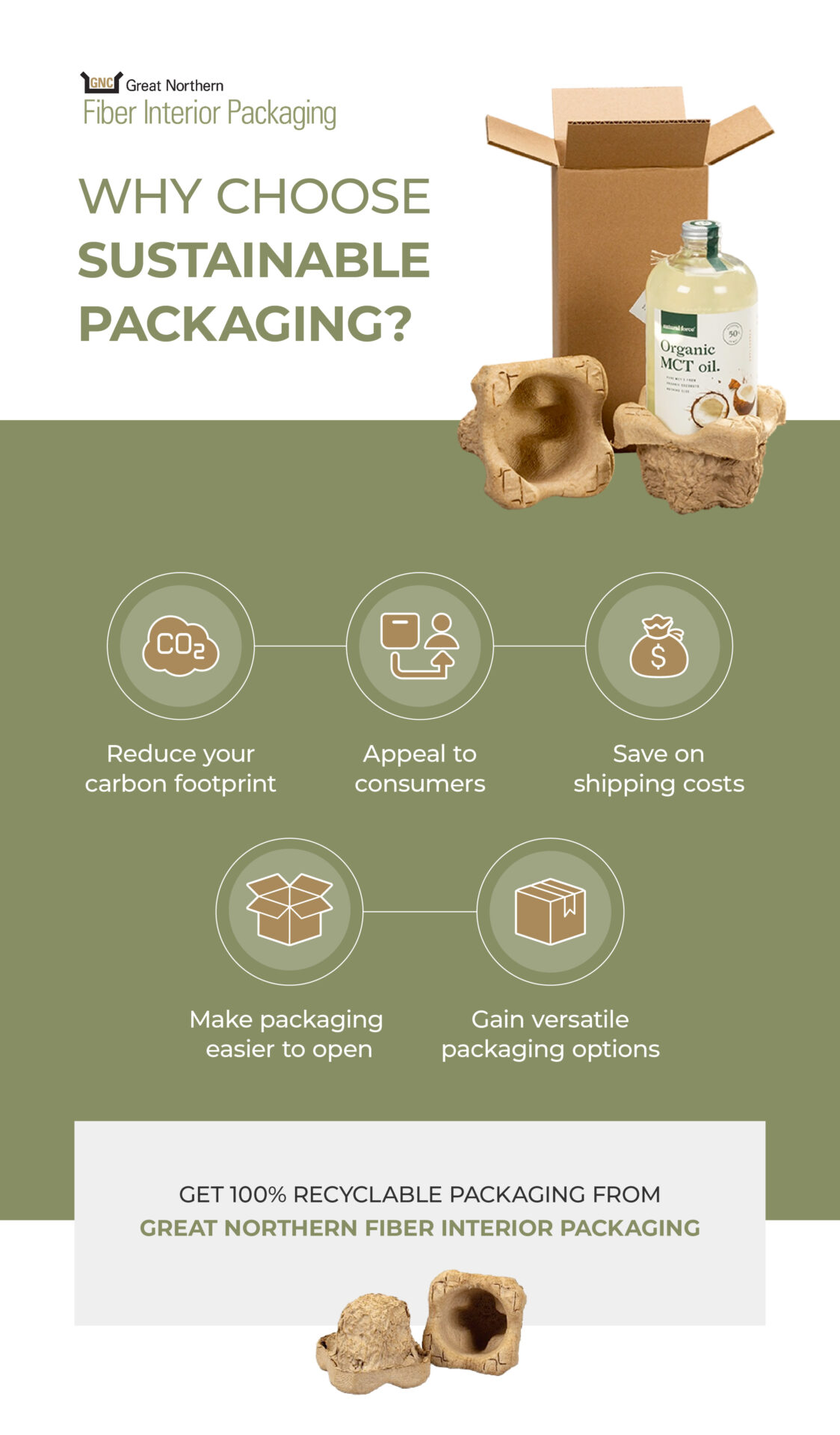The Growing Need for Sustainable Packaging
Our planet is facing an undeniable waste crisis, and packaging plays a significant role. Mountains of plastic bottles, cardboard boxes, and other packaging materials end up in landfills each year, contributing to pollution and environmental damage. This isn’t just an aesthetic problem; it impacts ecosystems, wildlife, and ultimately, human health. The demand for sustainable alternatives is surging, driven by consumer awareness and growing regulatory pressure. Companies are realizing that embracing eco-friendly packaging isn’t just good for the planet, it’s good for business too – increasingly, consumers are choosing brands with a strong commitment to sustainability.
Biodegradable and Compostable Packaging: Nature’s Solution
Biodegradable and compostable packaging materials offer a compelling solution to the waste problem. These materials, often derived from renewable resources like plants, break down naturally in specific environments, leaving behind minimal environmental impact. Compostable packaging, in particular, can be added to industrial composting facilities or home compost bins, transforming into nutrient-rich soil. Examples include packaging made from mushroom packaging, seaweed, bagasse (sugarcane fiber), and various types of starch-based plastics. While the production process of some of these materials still requires careful consideration of energy usage and water consumption, it represents a significantly greener alternative to traditional petroleum-based plastics.

Recyclable Packaging: Closing the Loop
Recycling remains a cornerstone of sustainable packaging. While not always a perfect solution (recycling processes can be energy-intensive and not all materials are easily recyclable), choosing materials with high recyclability rates and designing packaging for easy recycling is crucial. This involves simplifying the design, avoiding mixed materials, and clearly labeling packaging with recycling symbols. Consumers play a vital role here too – ensuring that recyclable packaging actually gets recycled through proper sorting and disposal. Increased investment in advanced recycling technologies, like chemical recycling, promises to expand the range of recyclable materials and further reduce reliance on virgin materials.
Reusable Packaging: Reducing Consumption
Reusable packaging systems offer a more radical approach to reducing waste. Instead of a one-time-use model, reusable containers, crates, or bags are designed for multiple cycles of use. This approach drastically reduces the overall amount of packaging needed and minimizes material consumption. While reusable systems require robust logistics and collection infrastructure, they offer significant environmental benefits and are gaining traction, particularly in the food and beverage industries and with online retailers exploring innovative return systems.
Packaging Design for Sustainability: Minimizing Material Use
Sustainable packaging isn’t just about the material itself; it’s also about how it’s designed. Minimizing the amount of material used without compromising product protection is a key principle. This involves optimizing package dimensions, using lightweight materials, and exploring innovative designs that require less material overall. Efficient packaging design can also lead to reduced transportation costs and energy consumption, further enhancing the environmental footprint. Clever design can also improve the recyclability of packaging, making it easier for consumers and recycling facilities to process.
Reducing Packaging Waste Through Innovative Solutions
Beyond established materials and processes, there’s a wave of innovation driving the sustainable packaging sector. Researchers are exploring new materials derived from agricultural waste, exploring edible films and coatings for food packaging, and developing innovative technologies for biodegradable plastics. These advancements hold immense potential for further reducing the environmental impact of packaging and offer exciting possibilities for a more sustainable future. Collaboration between scientists, designers, manufacturers, and consumers is essential to accelerate the adoption of these new solutions.
The Business Case for Sustainable Packaging
Embracing sustainable packaging isn’t just an ethical imperative; it’s increasingly a smart business decision. Consumers are becoming more environmentally conscious and are increasingly willing to support brands committed to sustainability. This translates to improved brand reputation, increased customer loyalty, and potentially enhanced market share. Additionally, some companies find they can lower their costs through reduced material usage and waste management expenses. Regulations related to packaging waste are also becoming more stringent in many parts of the world, making sustainable packaging a necessity for businesses to remain compliant.
Choosing Sustainable Packaging: A Collective Responsibility
The transition to sustainable packaging requires a collective effort. Businesses need to prioritize environmentally friendly options, invest in innovative solutions, and actively engage with consumers to promote responsible disposal practices. Consumers, in turn, need to become more aware of the environmental impacts of packaging choices and actively support companies leading the way in sustainability. By working together, we can create a future where packaging doesn’t come at the expense of our planet’s health. Read also about eco-friendly packaging suppliers.











